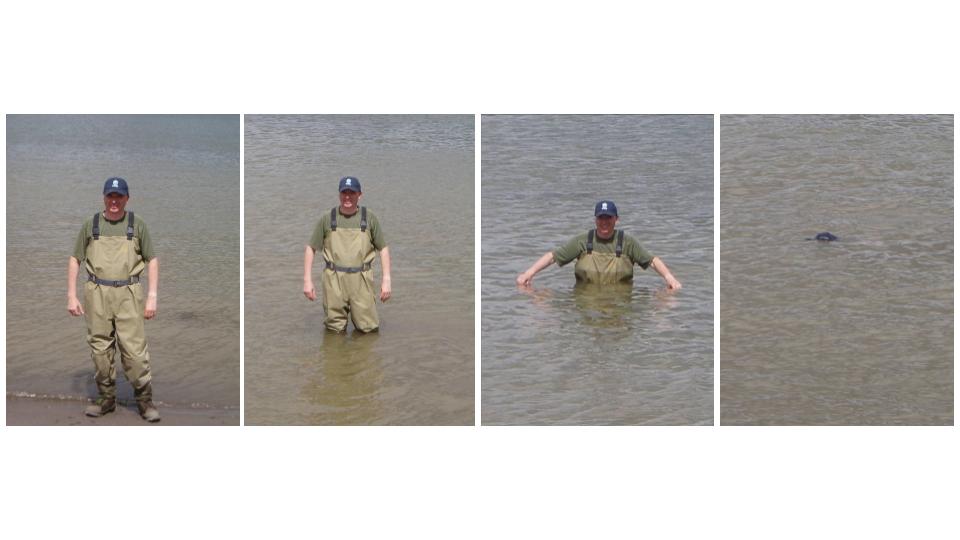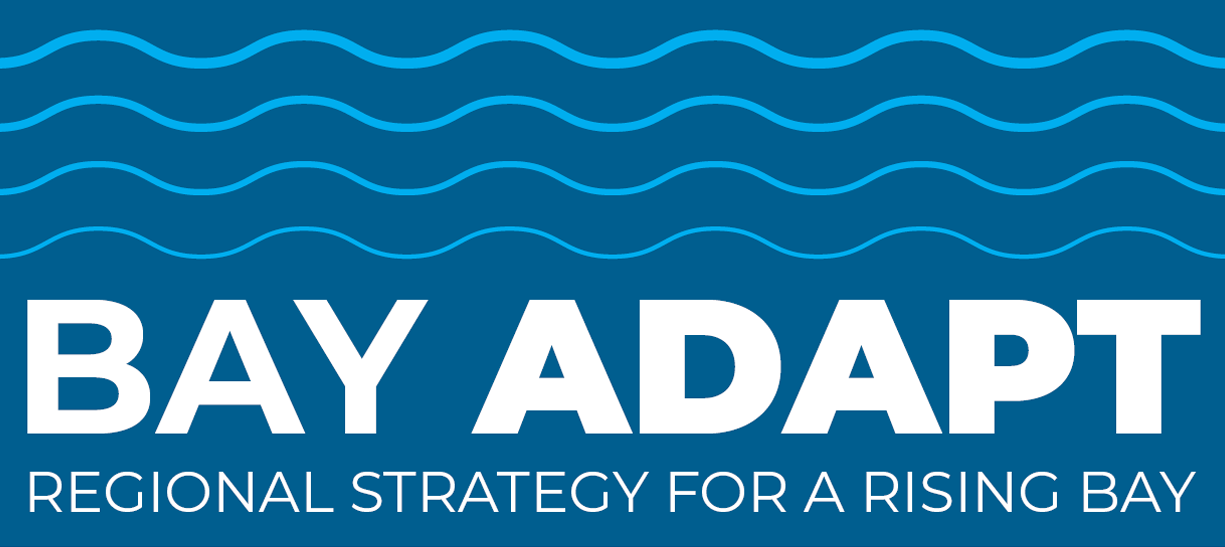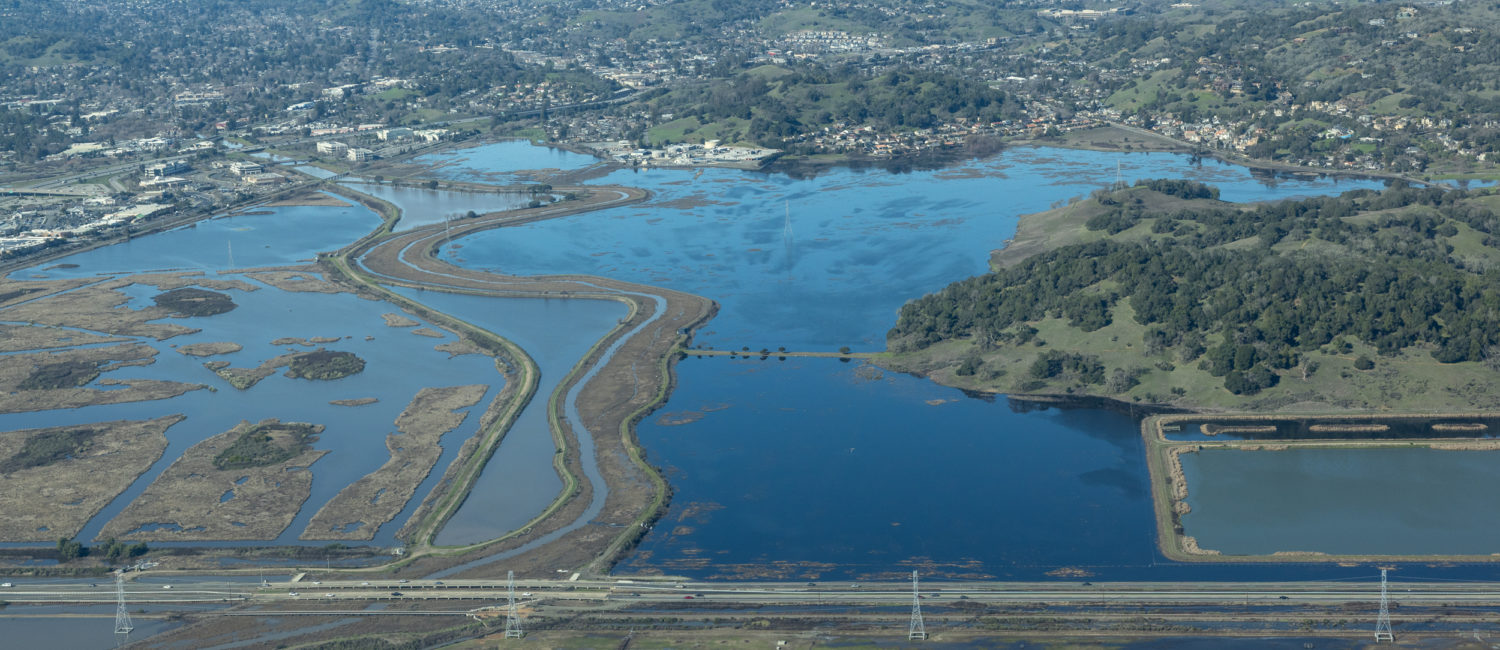 BCDC is thrilled to award Jeremy Lowe with the Bay Adapt Award. He is a Coastal Geomorphologist and has been a Senior Environmental Scientist at the San Francisco Estuary Institute since 2015. The Bay Adapt Awards recognize individuals who are leading the way with exemplary contributions and innovations addressing the critical challenges of sea level rise.
BCDC is thrilled to award Jeremy Lowe with the Bay Adapt Award. He is a Coastal Geomorphologist and has been a Senior Environmental Scientist at the San Francisco Estuary Institute since 2015. The Bay Adapt Awards recognize individuals who are leading the way with exemplary contributions and innovations addressing the critical challenges of sea level rise.
Jeremy grew up in England—a country with an extensive coastline— with a passion for history and geography, and this formative experience shaped his views early on in his career as a geomorphologist. His early work included research and design of gravel beaches in the UK; testing the effectiveness of low-crested rock breakwaters and rock slopes to protect Hong Kong Airport; moving to Italy to design sea defenses for Venice, Italy; followed by moving to the US and wetland restoration planning at Ballona Wetlands in Venice, California.
Jeremy’s work on nature-based adaptation in San Francisco Bay has included contributions to the Adaptation Atlas, the Oro Loma Horizontal Levee, Sonoma Creek Baylands Strategy, and, more recently, the Baylands Resilience Framework.
With impressive achievements over a 38-year career, he is now involved with an ambitious and transformative project to adapt critical infrastructure to rising seas: elevating State Highway 37 in the San Pablo Baylands. As Jeremy ramps down for retirement, he is looking forward to someday being at the ribbon-cutting on Highway 37, with a new elevated structure that allows the road to co-exist with the surrounding ecosystem as tides rise.
The Bay Adapt Award winners are being recognized at the Rising Together: The Bay Adapt Summit on September 15, 2025. Get the last tickets for the celebration.
We caught up with Mr. Lowe for a chat* on adaptation and resilience in the Bay Area. Read the highlights below:
What I envision as a resilient bay is a shoreline that functions naturally and provides the multiple benefits that we need. It’s an urban estuary, so there’s always going to be people, there’s always going to be communities, industry, roads, and wastewater, but it’s also a natural bay with fish, birds, and animals living in it.
It’s important to live more harmoniously together without too much management and interference. A resilient bay is a system that should work by itself.
Obviously, Highway 37 is such a significant project, driven by the flooding issues we face today. We are building something that will be resilient for the future, which involves a road that a lot of people use and is vital for their work, and it also involves a huge landscape, which is very important to the ecology of the bay. A significant amount of money has already been invested in the thousands of acres of tidal restoration, and it has been very successful. (…)
So, it’s the combination of big transportation infrastructure and restoration, and making a fundamental change to the landscape by reconnecting processes to the benefit of both the landscape and the road that really interests me.
And it’s not just a combination of landscapes and the road, but it’s also the agencies and the people involved. We’re bringing together transportation engineers and planners, and natural resource agencies. Whilst we’re all used to big projects, we are doing things in different ways with different drivers, and that’s something that’s been recognized in the Memorandum of Understanding between the resource and transportation agencies. So, I think that could be a model for the rest of the bay and for how we do things beyond transportation. That has been the most exciting to me, but it does take a long time.
This is the scale at which we need to do things. And it’s an important project to start with because it is one of the few roads that actually goes through the middle of the marshes, and it’s fundamental to allowing restoration of thousands of acres in that area.
It’s important that we understand the problem before discussing solutions. We might have different views of the problem and what the solutions might be, and it helps if we all understand as much as we can about each other’s points of view.
Many of these projects take a long time to plan and implement, and then we need long-term stewardship to maintain and adapt the shoreline. We need to have long-term buy-in from people to look after these projects after they are built. To foster stewardship of the bay, we ned to share our understanding of the problems we face and then develop together creative solutions. We need to go back to the fundamentals, explaining and interpreting the scientific information that can be inaccessible to some people.
Over the years, I’ve tried different ways to communicate information. I don’t take myself too seriously, and that can help to get messages across. I’m in the middle of many conversations and try to convey the sentiments of different sides.

Through a series of photos, Jeremy conveys the impacts of sea level rise progression.
SFEI is not an advocate. That helps me a lot because I don’t have to take a position. There are a lot of other people who play that necessary role. I have a role as a communicator, a convener, and a negotiator, but there are other people who need to be the advocate. We need people who are going to threaten to sue when we go in the wrong direction. We need people who represent communities and their needs and desires. We need engineers to design feasible and effective projects, and we need the regulators to give us permits to stop us from doing silly things. Everybody has a job to do.
It’s more understanding of where different people are coming from and how to look for the benefits they would have from a project. So, in wetland restoration, what are the long-term benefits for communities and infrastructure.
We’re trying to work together, and that takes time, building trust and learning from each other. We’re finding the middle ground because we can’t satisfy only one set of needs. We can’t restore wetlands everywhere and not have any roads or infrastructure, and we can’t have roads and infrastructure and no wetlands. We’ve got to figure out a way so that they can both work together. Highway 37 is the example, but it happens in lots of projects around the bay. We have to accept these trade-offs and be realistic, which is what we’re trying to do.
These projects are huge, take a long time, and involve many people. I only play a small role. Success is when all these people work together to implement a successful project that meets many needs. There will always be issues in any big project. There’ll always be steps backwards. To me, success looks like taking two steps forward in the right direction and not too many steps backwards.
And in terms of timing, we have a ticking clock, which is climate change and sea level rise. But we can only speed up so much. We have to go through the process of the regulations and the permits, because that’s why we have a bay to protect and restore. We can’t take too many shortcuts; we need to take the long view, and we need to do it right. That is success to me.
*The interview was edited for length and clarity.

